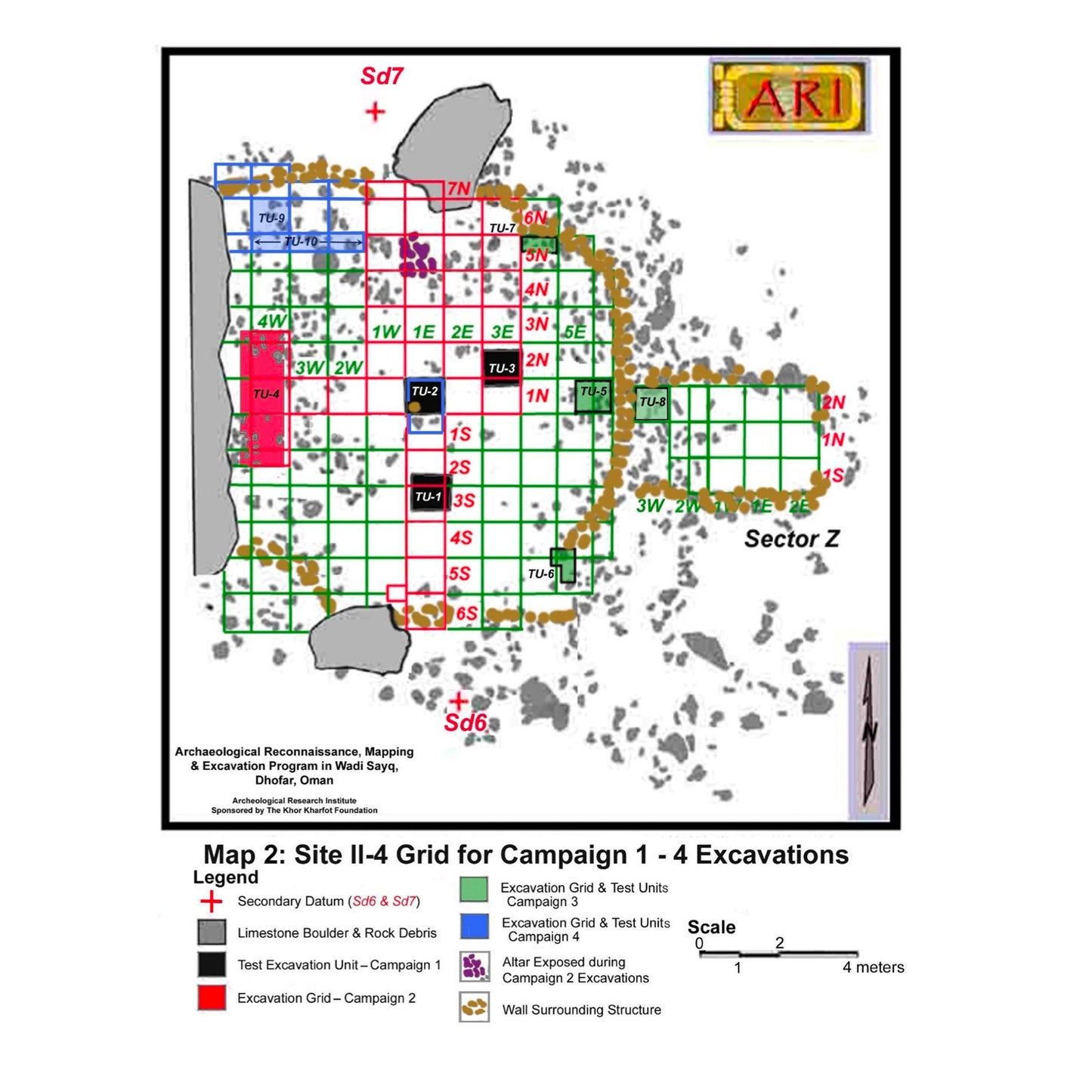ARI
Khor Kharfot: The 2016–2018 Excavations on the Arabian Sea Coast, Dhofar, Oman
Khor Kharfot: The 2016–2018 Excavations on the Arabian Sea Coast, Dhofar, Oman
Couldn't load pickup availability
Abstract:
The archaeological record accrued from the 2016-2018 excavations in five sites at Khor Kharfot Unit II establishes thousands of years of occupation in this location. Paleolithic activity can be identified in the rock- shelter/midden site (II-1) and in the architectural/occupation at site II-4. Evidence of extensive long-term Neolithic occupation (6,300 -1,000 BC) is identified in all five sites with Sites II-4, 5, and 10 generally consisting of that distinctive type of double rock wall architecture. Definitive Bronze Age presence has yet to be identified at Kharfot. Ceramics associated with Iron Age occupations (1,300 BC to AD 650) have been recovered in all five sites. Numerous brief occupations of local herdsmen or fishermen ranging from Abbasid (AD 750-1,258) to recent times have been identified among the pervasive scatter of sherds and heat-cracked rock littering sites II-1, II-3 and II-4; those activities involved the cooking and consumption of fish and shellfish prepared on temporary rock ovens. Two major occupation phases have been identified in Sector II: (1) the Neolithic wall building phase is the period of the locality’s most intensive architectural development and largest population; and (2) the short term, highly localized early Iron Age pedestal/altar phase (587-584 BC) identified at Kharfot site II-4 and at the Wadi Sayq Observatory on the ridgetop high above Khor Kharfot. Both sites are considered contemporaneous based on their common use of the 429 mm unit of measure used in the development of the ceremonial modifications of site II-4 and in the creation of the astronomical layout of the Wadi Sayq Observatory needed for accurate calendar calibration of holy days and Passover observance. Cultural features that demonstrate the ceremonial usage of Kharfot site II-4 as a religious sanctuary include the following: (1) an intact stone altar; (2) the burial of a unique pedestal stone consecrated in myrrh and intentionally buried in the Neolithic midden floor in the center of the structure; (3) the Rock of Horeb symbolic monolith that forms the western wall of the sanctuary; (4) the structure’s architectural eastern orientation; (5) its east wall modified entry; (6) the structure’s 1:1 and 1:1.5 proportional layout suggestive of Old Testament architecture; and (7) the application of a peculiar ceremonial measurement system originally identified as the 428 mm unit of measure by physicist/archaeologist Asher Kaufman during his studies of original temple rubble on The Temple Mount in Jerusalem.
Archeological Research Institute
Wadi Sayq Technical Research Series, Paper No. 1 2022a
Share






